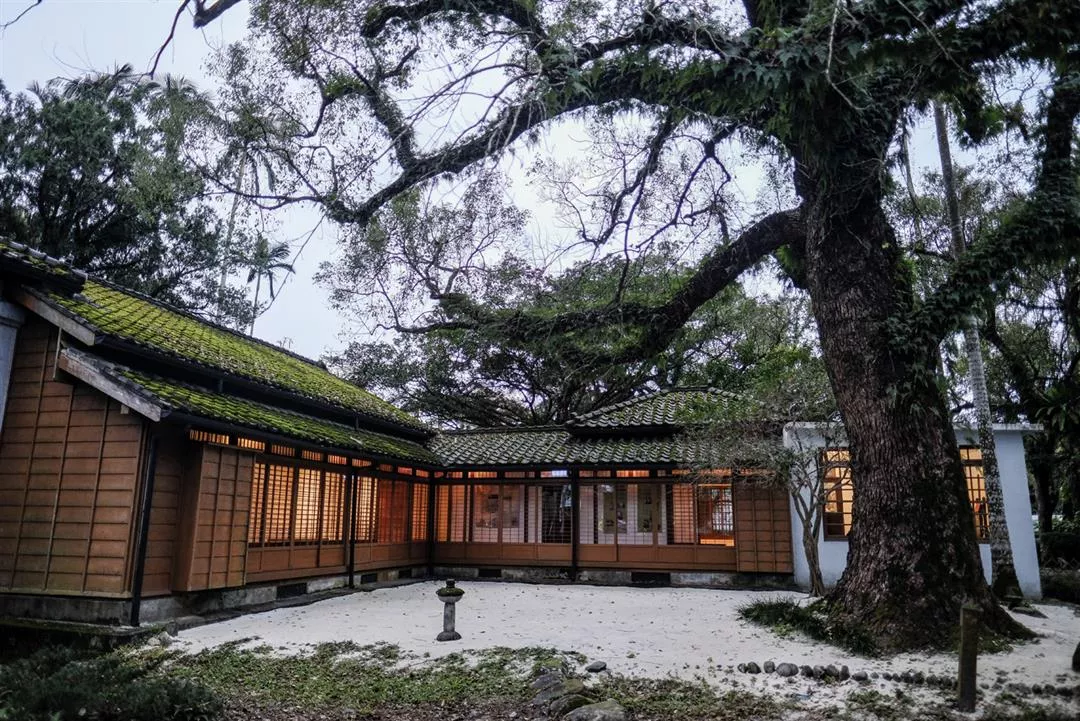The simple beauty of temples
We head north along a small road beside the Lanyang River, then turn left to return to Highway 7C, which takes us into Yilan City. Here we head to the historic Zhaoying Temple, where we meet local historian Yeh Yung Shao. He says that although Zhaoying Temple is not large, in his eyes it is the most beautiful temple there is.
“Each era’s temples reflect the aesthetics of that era. Zhaoying Temple’s beauty lies in the simplicity and restraint of all aspects of its design.” Yeh draws attention to the temple’s orientation, asking, “Since it’s dedicated to Mazu, protector of seafarers, shouldn’t it be facing east, toward the ocean?” It is only then that we realize Zhaoying Temple in fact faces the mountains.
“During the reign of the Qing Dynasty’s Daoguang Emperor, Zhaoying Temple needed to be renovated, and a fengshui master said that if the temple continued to face east, it would help people earn a lot of money, but if it faced west, toward the mountains, it would bring people numerous descendants, and only then would people go there in large numbers.” Following this advice, in 1834 Zhaoying Temple was rebuilt as Taiwan’s only Mazu temple oriented towards the mountains. “In Daoguang’s reign, the classical architectural style dominated,” says Yeh. Walking to a “dragon pillar,” he tells us, “There is only a single, vivid dragon carved onto this pillar, without any other embellishments. The carving is simple yet intricate, and the overall aesthetic is balanced and flowing.”
Yeh also guides us to look up at the yuanguang, carved wooden cross-members placed below short beams to stabilize the building structure. A common sight in temples, they showcase the skills and aesthetic sense of the artisans who made them. “Here openwork carving is used to create figures on an unfurled scroll, in a scene full of allegorical meaning.” As a researcher and restorer of ancient monuments, Yeh has seen countless historic structures, but his favorite designs are those that display human nature. “People are in fact very simple, and when building temples they directly carve their greatest hopes into the building components. These are mainly related to good fortune, prosperity, and long life,” he says with a smile.

The Memorial Hall of Founding of Yilan Administration, housed in a Japanese-era building in Yilan City, commemorates the establishment of a Qing-Dynasty administration in Yilan in 1812. Exhibits in the hall testify to more than two centuries of Yilan history.